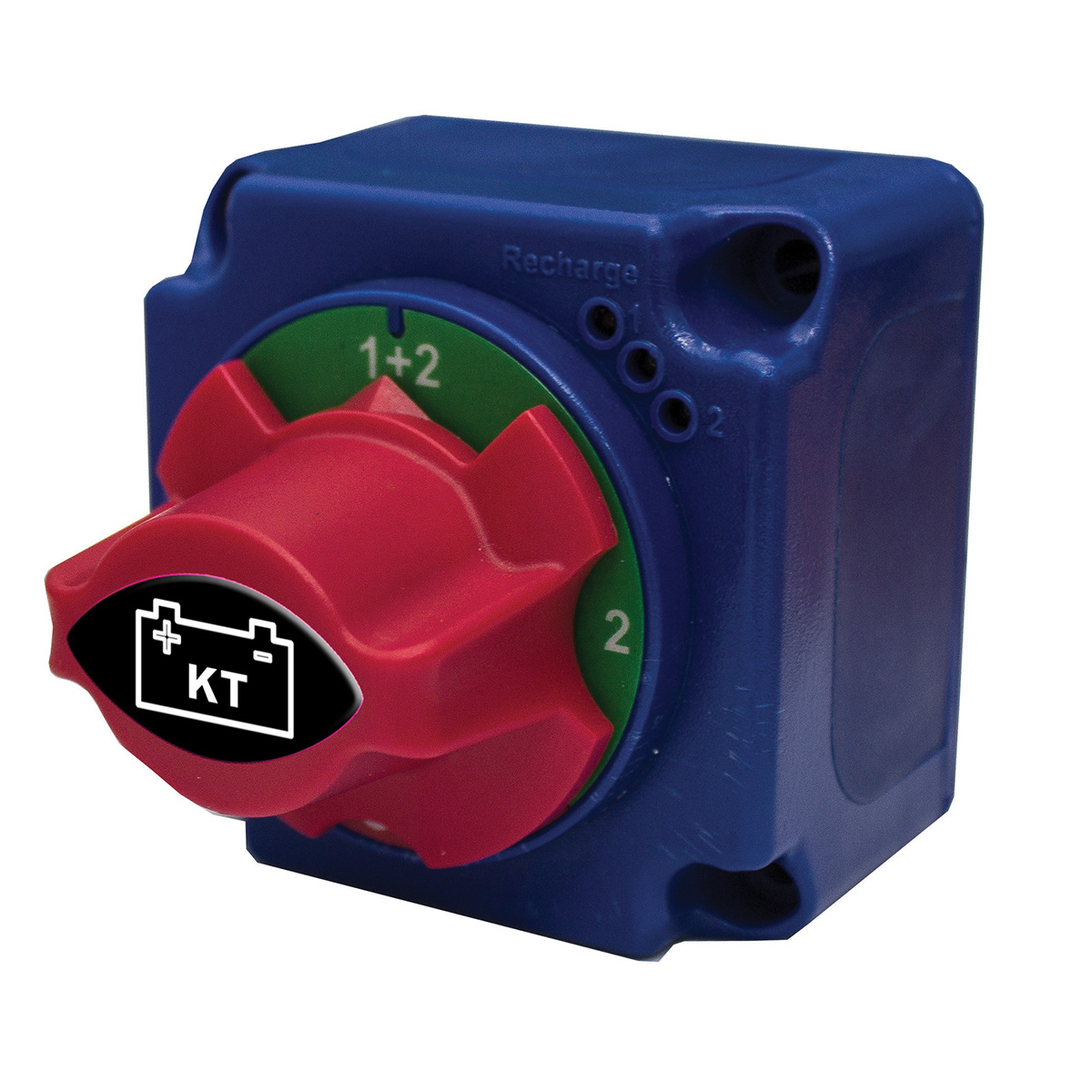
To overcome this problem, disconnect the terminals of the battery when not in use for a long time. This rate of discharge increases when the climate is warm. Why do You Need to Charge Your Battery Once a Month?Ī battery discharges on a daily basis up to 0.5 to 1 % when kept idle. A reading of 12.70 volts indicates a fully charged battery 12.40 volts is 75% charged, 12.20 volts is 50% charged, and 12.00 volts is 25% charged. On sealed batteries which do not have a built-in charge indicator, the status of charge can be determined by checking the battery’s open circuit voltage with a voltmeter. A clear or yellow indicator means the level of electrolyte inside has dropped too low. No dot (green ball not visible) means the battery is low and need be recharged. A green circle indicates the battery is 75% or more charged and is okay. The hydrometer lens provides a visual indication of the condition of the electrolyte. The charge indicator reads one cell as an average charge status for all battery cells.

Some batteries contain a built-in hydrometer to indicate charge state. The colored floating balls indicate a fully charged battery status, and no floating balls at all indicate a fully discharged battery.ġ.265 (specific gravity) indicates a fully charged battery, 1.230 indicates a 75% charge, 1.190 indicates a 50% charge, 1.160 indicates a 25% charge and 1.120 or less indicates a discharged battery. Some hydrometers have a number of colored balls in place of the single float, but reading the device is the same. The charge level can be checked with a hydrometer.Ī hydrometer has a float contained in a glass vessel with a rubber bulb to draw the electrolyte into the tube. The charge level depends on the concentration of battery acid. As sulfate builds up on plates, it reduces battery performance. The cell plates become sulfated if the battery is low or the battery is left in a discharged condition for several days.
Car battery indicator black full#
If the battery is low, it needs to be recharged to restore full power and to prevent possible damage to the battery. Difficult starting the engine because of slow cranking is also an indication of a flat battery. When the engine starter does not turn the engine on or the lights are dim, that means you have low battery. Deep cycle batteries have a thicker plate design and can survive a greater number of deeper discharge cycles.



 0 kommentar(er)
0 kommentar(er)
